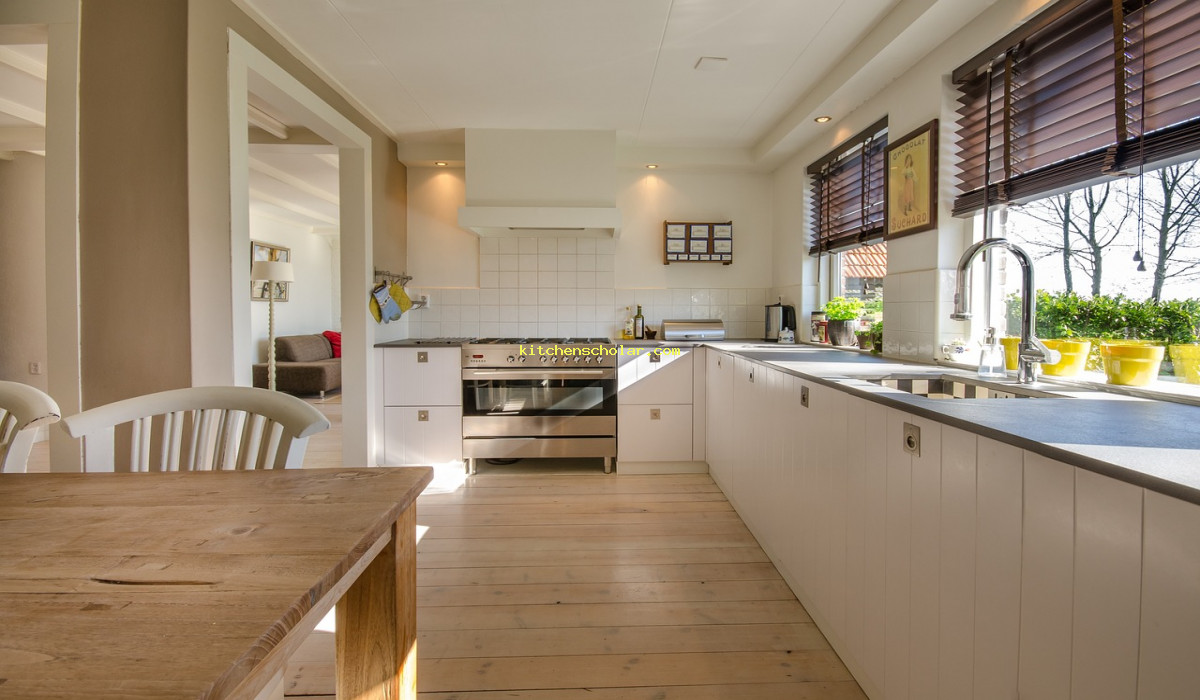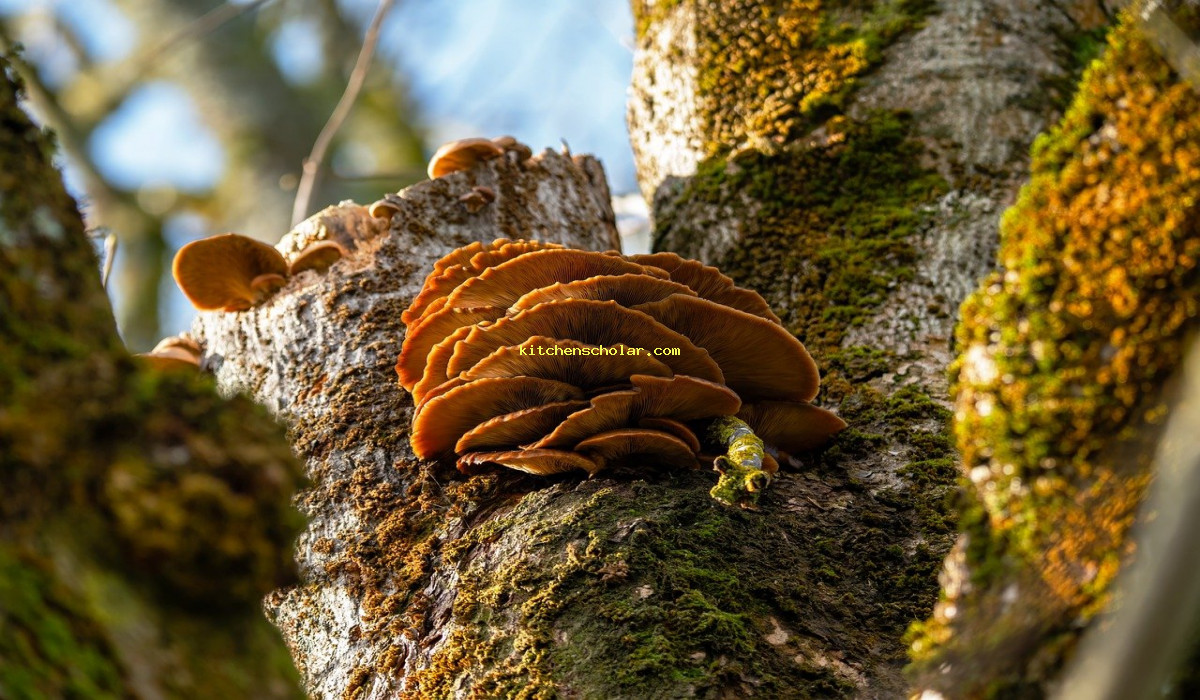Unveiling the Inner Workings of Kitchen Sink Plumbing: A Guide by Kitchen Scholar. Learn the ins and outs of kitchen sink plumbing with Kitchen Scholar!
Inner Workings of Kitchen Sink Plumbing
From drain lines to fixture installation, our expert tips and guides will help you understand how it all works. Trust us to simplify the complexities and keep your kitchen flowing smoothly.
Unveiling the Inner Workings of Kitchen Sink Plumbing: A Guide by Kitchen Scholar. tips and guides Unveiling the Inner Workings of Kitchen Sink Plumbing: A Guide by Kitchen Scholar
How To Connect a Kitchen Sink Drain – 2023
Unveiling the Inner Workings of Kitchen Sink Plumbing: A Guide by Kitchen Scholar How To Connect a Kitchen Sink Drain – 2023 Video Unveiling the Inner Workings of Kitchen Sink Plumbing: A Guide by Kitchen Scholar
Kitchen sinks are an essential part of any home, used for tasks like cleaning, washing dishes, and even filling up water bottles. However, most people don’t know much about how the plumbing for their kitchen sink actually works. In this blog post, we will explore the ins and outs of kitchen sink plumbing and help you understand the different components and how they function together. This knowledge will not only make you a kitchen scholar, but it will also help you troubleshoot any issues that may arise with your sink. So let’s dive in Inner Workings of Kitchen Sink Plumbing!
Understanding the Basics of Kitchen Sink Plumbing
The plumbing for your kitchen sink is responsible for bringing clean water into your home, and taking dirty water out. It’s made up of a series of pipes, valves, and fixtures that all work together to make your sink operational. Let’s take a closer look at each component and how they contribute to the overall function of your kitchen sink.
The Water Supply Line
The water supply line is the first component of kitchen sink plumbing. It’s responsible for bringing clean, potable water into your home. Typically, the main water supply line is connected to your kitchen sink’s faucet through a series of pipes and valves. This allows for easy access to water for all your kitchen needs.
The Supply Valves
The supply valves are located under your sink and are responsible for controlling the flow of water to your faucet. These valves usually consist of two main types: the angle stop valve and the straight stop valve.

The angle stop valve is used for connecting the supply line to your faucet Inner Workings of Kitchen Sink Plumbing, while the straight stop valve is used for controlling the flow of water to the rest of your home.
The Faucet
The faucet is undoubtedly the most recognizable component of kitchen sink plumbing. It’s responsible for delivering water to your sink and controlling the temperature and flow of water. Most faucets also have a sprayer, which can be used for tasks like washing dishes or filling up buckets with water. Faucets come in a variety of styles and finishes, so you can choose one that fits your kitchen’s aesthetic.
The Drain Pipe
The drain pipe is located directly under your sink and is responsible for removing dirty water from your sink. It’s connected to a P-trap, which is a curved section of pipe that prevents sewer gases from entering your home. The drain pipe leads to the main sewer line, which carries the waste from your sink out of your home.
The Garbage Disposal
Many modern kitchen sinks come equipped with a garbage disposal Inner Workings of Kitchen Sink Plumbing, which is a valuable addition for any home. The garbage disposal is installed under your sink and is connected to the drainpipe. It helps break down food waste into smaller pieces that can easily flow through the drainpipe. However, it’s important to be mindful of what you put down your garbage disposal to prevent any clogs or damage.
The Vent System
The vent system is an essential component of kitchen sink plumbing Inner Workings of Kitchen Sink Plumbing, although it’s often overlooked. It’s responsible for allowing air to enter the drain system, which helps prevent suction and allows waste and water to flow freely. The vent system also helps to eliminate any unpleasant odors that may occur.
The Importance of Proper Maintenance
Now that we have a better understanding of how kitchen sink plumbing works, it’s essential to discuss the importance of proper maintenance. Regularly checking for leaks and blockages in your pipes and drains can help prevent more significant issues down the line. Additionally, avoiding putting harmful substances down your drain, such as grease and oil, can help keep your pipes clean and functioning properly.
Common Kitchen Sink Plumbing Issues
Despite proper maintenance, issues with kitchen sink plumbing can still occur. Here are some of the most common problems you may encounter:
– Clogged drains: This can be caused by food waste, grease buildup, or foreign objects in the pipe.
– Leaky faucet: A leaky faucet can waste a significant amount of water over time and may be caused by worn out gaskets or seals.
– Low water pressure: This could be a result of mineral or debris buildup in the aerator or supply line.
– Leaking pipes: Over time, pipes may become corroded or develop cracks, causing leaks.
– Broken garbage disposal: This can be caused by overloading or putting in hard substances that damage the blades.
If you encounter any of these issues, it’s best to consult a professional plumber to assess the problem and make any necessary repairs.
Conclusion
In conclusion, understanding how kitchen sink plumbing works is crucial for maintaining your home and avoiding potential issues. From the water supply line to the vent system, each component plays a significant role in making your kitchen sink functional.

By knowing the basics of how they work, you can tackle any minor issues that may arise. Remember to regularly check for leaks and blockages to keep your plumbing in top condition. By using this knowledge, you can truly become a kitchen scholar and impress your friends and family when they come over for a dinner party.
Inner Workings of Kitchen Sink Plumbing
Learn the ins and outs of kitchen sink plumbing with Kitchen Scholar! From drain lines to fixture installation, our expert tips and guides will help you understand how it all works. Trust us to simplify the complexities and keep your kitchen flowing smoothly.. plumbing Unveiling the Inner Workings of Kitchen Sink Plumbing: A Guide by Kitchen Scholar
How does kitchen sink plumbing work?
Kitchen sink plumbing works by connecting the sink to your home’s main water supply and sewer or septic system. Water flows from the faucet into the sink, where it is drained through a pipe that connects to the main sewage line. The sink also usually has a garbage disposal attached, which grinds up food waste and sends it down the drain.
What are the main components of kitchen sink plumbing?
The main components of kitchen sink plumbing include the faucet, sink basin, trap, drain line, and garbage disposal (if applicable). The faucet controls the flow of water, while the sink basin collects and holds the water. The trap is a curved piece of pipe underneath the sink that prevents sewer gases from entering your home. The drain line carries the used water out of your home, and the garbage disposal grinds up and disposes of food waste.
Can I install new kitchen sink plumbing myself?
While it is possible to install new kitchen sink plumbing yourself, it is not recommended unless you have experience with plumbing. It is important to ensure that the pipes are properly installed and connected to prevent leaks and potential water damage. It is recommended to hire a professional plumber to ensure the job is done correctly and safely.
What should I do if my kitchen sink plumbing is clogged?
If your kitchen sink plumbing is clogged, you can try using a plunger or a drain snake to clear the blockage. You can also try using a chemical drain cleaner, but be careful as these can be harsh on your pipes and should be used sparingly. If these methods do not work, it is best to call a professional plumber to clear the clog and prevent further damage.
How can I avoid common kitchen sink plumbing problems?
To avoid common kitchen sink plumbing problems, it is important to properly maintain your pipes and sinks. This includes not pouring grease or oil down the drain, being mindful of what you put in the garbage disposal, and regularly checking for and repairing any leaks. It is also a good idea to have your plumbing inspected by a professional plumber on a regular basis.
